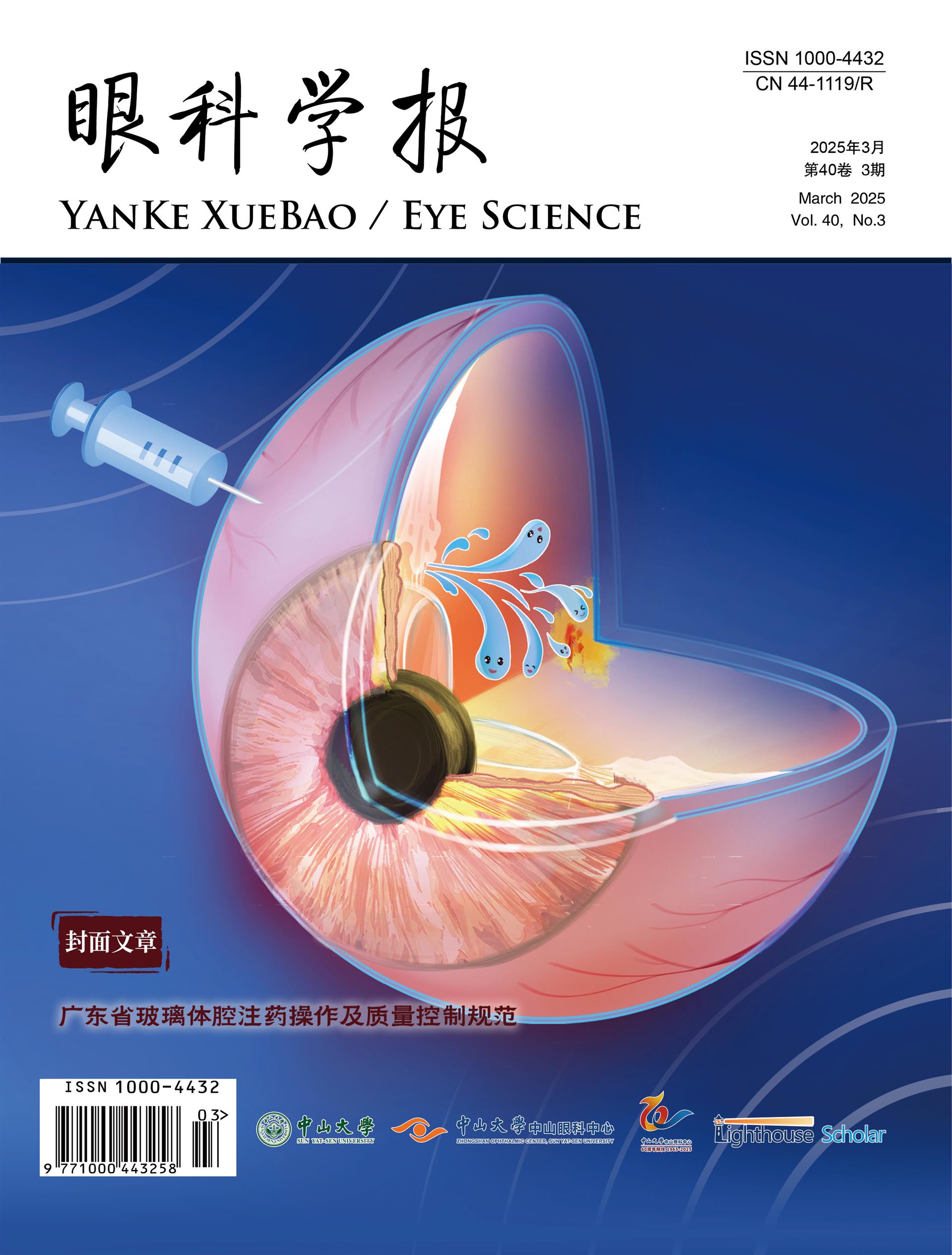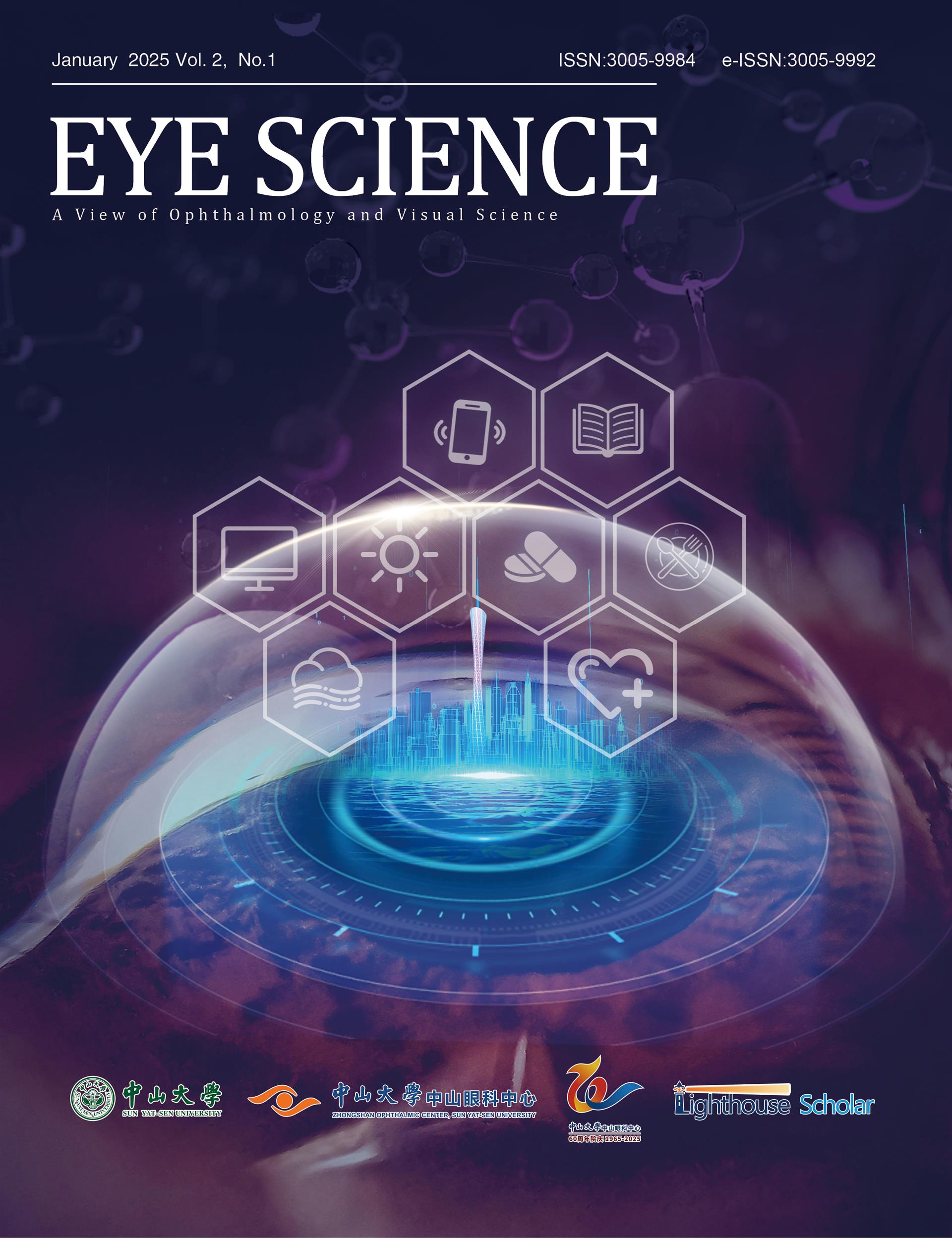Endogenous stem cells have significant advantages in cell therapy for excellent histocompatibility, low tumorigenicity risk, unnecessity for in vitro expansion and culture, and low disease transmission risk. There have been some applications for endogenous stem cells in treating diseases, targeting some organic and functional diseases throughout the body. In ocular tissue, the lens is a breakthrough for regenerative therapy due to its potential to grow throughout life and observation accessibility. Achieving lens regeneration in adult mammals attributes to some prerequisites. Firstly, the location of endogenous stem cells in the lens has been identified. Then, surgical approaches have been advanced to preserve lens stem cells and create a microenvironment suitable for lens regeneration. Protein compositional analysis of the regenerated lens reveals that it is similar to a mature lens rather than an embryonic lens, suggesting that the regulation of lens regeneration is not the same as the induction of embryonic onset. The strategy for regulating lens regeneration needs to focus not only on the activation and proper differentiation of stem cells but also on regulating the process of epithelial mesenchymal transition (EMT). In the future, in order to apply the experiences of lens regeneration to other ocular tissues, to mobilize endogenous cells and promote their growth, some strategies could be used. These strategies include mimicking cellular stress via the addition of cellular active ingredients, such as exosome, mitochondria, and small molecular compounds. Additionally, we can also try to restore lens tissue structure and microenvironment through surgical or biomaterial assistance.

















